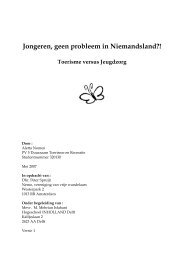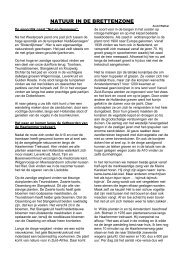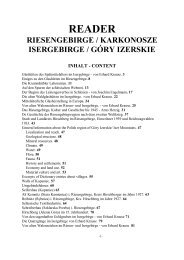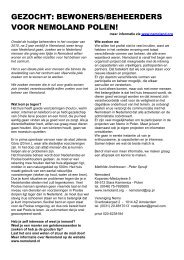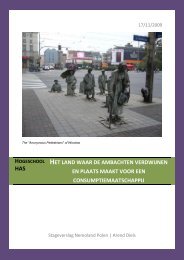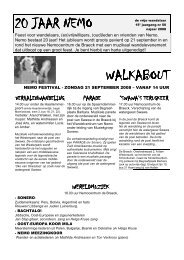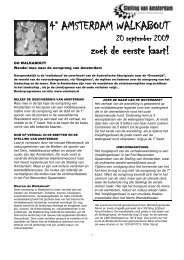Stara Kamienica - Nemo
Stara Kamienica - Nemo
Stara Kamienica - Nemo
You also want an ePaper? Increase the reach of your titles
YUMPU automatically turns print PDFs into web optimized ePapers that Google loves.
11 Tsurcana<br />
Type: milk, meat and wool breed<br />
Weight: rams 60-80 kg, dams 40-55 kg.<br />
Characteristics:<br />
There are three varieties: white, grey and black. The white Tsurcana is the most numerous and<br />
highly selected, presenting specific ecotypes for special breeding areas. There are two types:<br />
Precocious Tsurcana and Belated Tsurcana. The Tsurcana breed has increased from 40% to<br />
60% of the total sheep population in Romania during the 1990's.<br />
Tsurcana is highly adapted to mountainous conditions but it also spreading well received in<br />
hill and plains areas. It’s a hardy breed, remarkably well adapted to bad weather due to its<br />
highly water resistant fleece and ability to cover long distances in search of forage. The breed<br />
is also very disease resistant. In autumn it develops 5-10 kg of internal fatty deposits, which is<br />
used as energy supplies during the winter and dry-lot period. During mild winters it can be<br />
feed on the pasture only, which makes winter feeding costs typically 2-3 times less in<br />
comparison with other wool breeds.<br />
Milk: medium production of about 100 ± 40 kg is obtained in 220 lactation days. The fat<br />
percentage is 7-8% and 6% in protein in milk. The milk is very good for feta, yoghurt, Swiss<br />
cheese, cheese for pizza.<br />
Meat: if best conditions are provided, weaned lambs at 2.5 to 3 months and fattened<br />
intensively reach 40-47 kg at the age of 7 months.<br />
Fur of young lambs: the black and grey varieties are good for cross-breeding, with Karakul<br />
breed, having as a result 70-80% good quality Karakul fur.<br />
Options:<br />
The Tsurcana hybrids with varieties specialized for milk or mutton are more productive, but<br />
less resistant at the environment and consequently most breeders prefer purebred animals.<br />
Generally speaking, Tsurcana sheep are beautiful, harmonious, resistant, and good for moving<br />
to/from (Alpine-like) pastures, less expensive, good for milk, mutton, wool and fur of young<br />
lambs. As a result, this breed is more and more preferred by breeders.<br />
References



